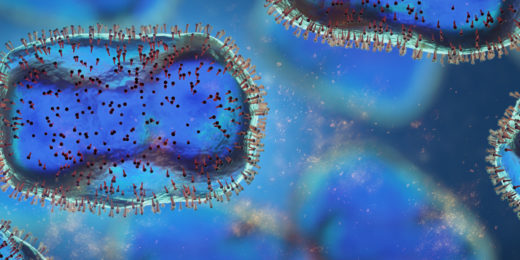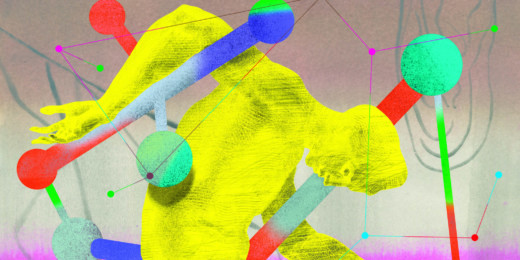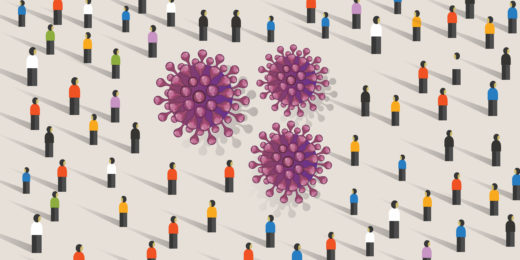Two microbiology and health policy experts discuss the potential and pitfalls of a wastewater surveillance system.
Category: Infectious Diseases
Study counts mortality among doctors during pandemic
Despite more exposure to COVID-19, physicians experienced a lower excess mortality rate than Americans overall
Special delivery 2.0: CARTs
Researchers at Stanford are devising new ways to deliver mRNA to the body to facilitate more potent and accurate treatments and vaccines.
Special delivery – an mRNA explainer
This is Part I in a series that will explore the promise, challenges and future of mRNA. Let's count our blessings. The COVID-19 pandemic, from …
A 2022 recap: Most read, most viewed and most popular on social media
As the year comes to a close, we're sharing the most-read stories, most-viewed videos and most popular stories on social media of 2022.
We are Stanford Med: #ThisIsMyWhy with Asma Dahir
In the We Are Stanford Med series, students and postdocs share their motivations and passions behind their careers.
Schrödinger’s COVID: Infected without testing positive?
Stanford pathologist speaks to the likelihood of undetectable COVID-19 and best practices for staying safe in the face of uncertainty.
Molecular makeover makes wimpy antibody a SARS-CoV-2 tackler
By harnessing an antibody most overlooked, researchers devise a new possible way to stop viruses, even as they evolve.
Pap smears, be gone? Using menstrual blood to detect HPV
Researchers have created a menstrual pad that can passively help detect HPV, potentially offering a screening method other than pap smears.
Molecular movie maker
Researchers are harnessing an imaging technique called cryogenic electron microscopy to design drugs and better understand disease.
Monkeypox: What does sex have to do with it?
A Stanford infectious disease expert explains why a recent case of monkeypox transmission at a crowded festival isn’t cause for alarm.
Antibiotics might not be the best answer for C. diff
A new testing tool helps doctors avoid unnecessary antibiotic treatment in patients with diarrhea and suspected C. diff infection.
Screening for a deadly virus in livestock milk
Researchers at Stanford and in Kenya devised a system to monitor livestock milk for a deadly virus in an effort to aid public health.
Stanford Medicine magazine explores the molecules within us
Stanford Medicine magazine explores the molecules behind human biology and how understanding them fuels medical discoveries and innovations.
Preparing for the viruses we’ve yet to meet
Researchers at Stanford Medicine are working to develop antivirals to stop the current pandemic and prevent ones.
Tackling typhoid, one finger prick at a time
Stanford infectious disease experts devise a way to use finger-prick blood samples from small groups to detect typhoid in large populations.

















